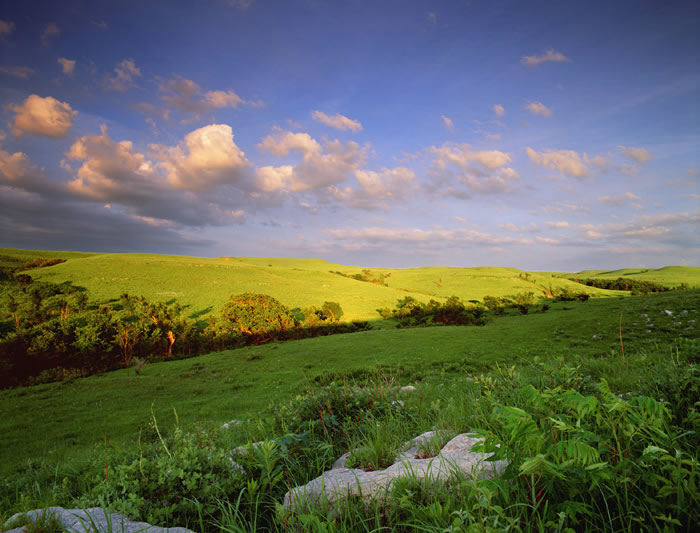Checking The Pulse Of The Kansas City Real Estate Market
Is Kansas City flatter than a pancake? Do we take care of the one tree we have? Can tumbleweed knock an old lady down when crossing the street? These are some of the questions I’ve fielded from home buyers relocating to the Kansas City and Johnson County Kansas areas. If the Wizard of Oz hadn’t become a classic, I think the perception of Kansas City wouldn’t be that of a typical western Kansas town from the 1940’s. That dust bowl didn’t do us any favors either. And it seems whenever a tornado does damage in Kansas, the national news clips of the tornado always seem to be of the flat western Kansas farmland. What’s that movie that had the tornado picking the cow up? Whatever the name, that didn’t help either. So I’m blaming Hollywood too.

Kansas City absolutely is NOT flat, that much I want to be clear about. We have rolling hills and streams. We also aren’t treeless. We have subdivisions with names like Arbor Hills, Woodland Creek and Forest View and the city of Olathe was awarded the designation of Tree City USA for crying out loud! We don’t even have horses tied up in front of the local Quick Trip — though I honestly did see someone riding horseback down the side of 71 highway the other day in the inner city. I should have stopped and explained he was hurting our image. Well, at least I didn’t see any tumbleweed blowing down the street. Yes, I’ve had that question from a relocating client. I think the last time I saw tumbleweed I was a kid.
The Kansas City metro area includes the second largest river in the country, the Missouri River and also the Kansas River too. I’ll bet many don’t know that the state of Kansas has more than 5 million acres of forest. That’s more than double Yellowstone National Park forest and more than FIVE times the Grand Canyon forest. The reason that Kansas isn’t well-known for its forests is because 95% of the forest areas are on privately owned land. In other words, they’re spread across the state for everyone to enjoy.
Posted by Jason A. Brown
